SCORING A GOAL WHEN NO ONE HAS TOUCHED THE BALL
Johan Neeskens was a midfielder, the most prolific passer and receiver in the Dutch team. The ball was constantly passed between Neeskens and his teammates - decades before the Tiki-taka concept was born in Barcelona. He received and passed it again, until it was placed at the feet of his most famous teammate, Johan Cruyff. As a natural reflex, the opposition fouled him to end the hypnotic attack. Penalty! Neeskens stepped up and kicked the ball past the famous German goalkeeper Sepp Maier.
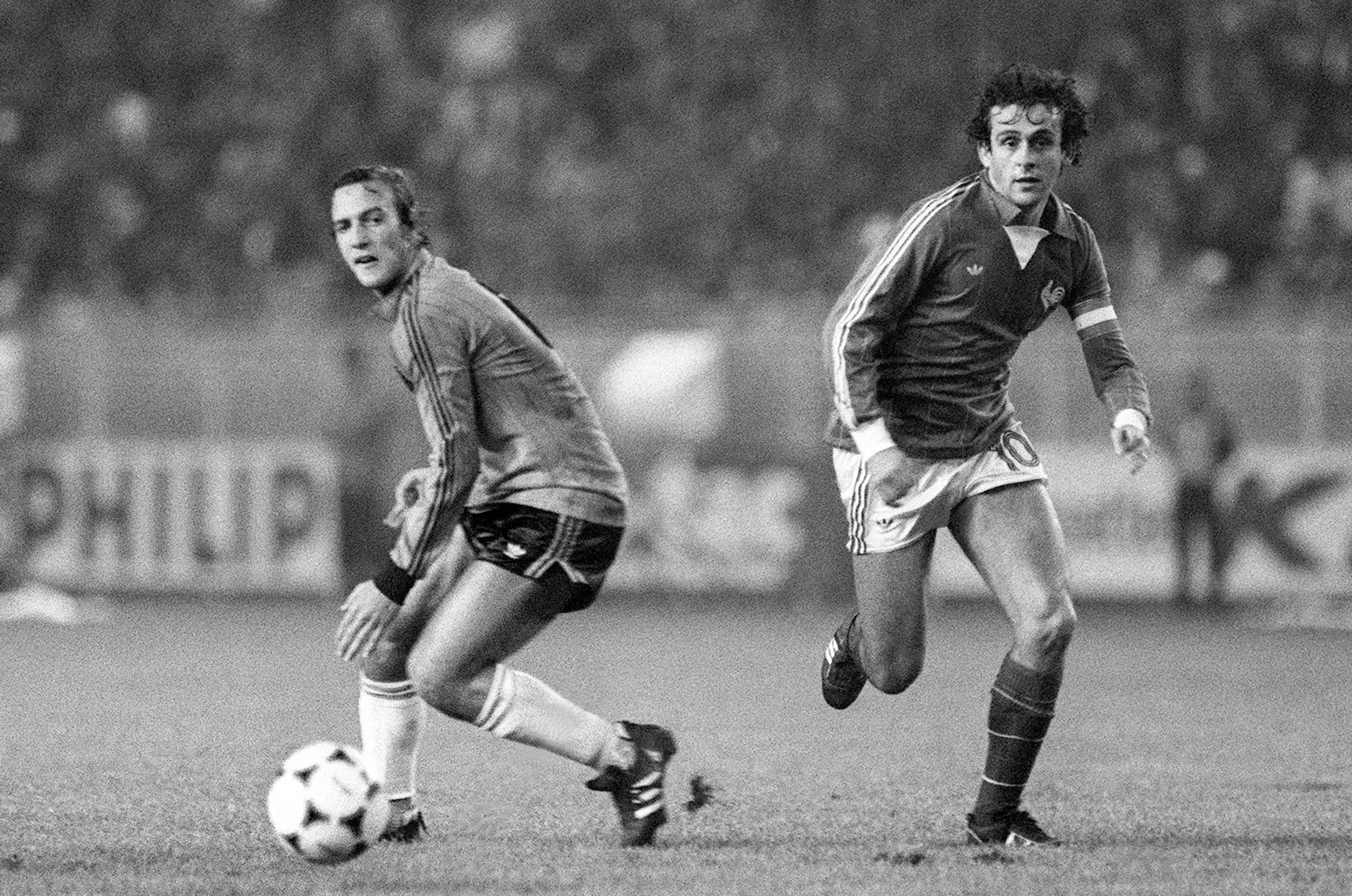
Johan Neeskens (left) one of the first total football players
We are talking about the 1974 World Cup final. To this day, Neeskens still holds the record for the earliest goal in a World Cup final (in the 2nd minute). He scored without any German player having touched the ball. The first German player to touch the ball in the 1974 World Cup final was Maier, when he went into the net to pick it out.
When it comes to Dutch football, we have to talk about the legend Johan Cruyff. Neeskens and Cruyff conquered all opponents together in the first half of the 1970s, playing for Ajax Amsterdam and the Netherlands. Then Cruyff moved to Barcelona. Then the famous Catalan team recruited Neeskens, in the period when each club was only allowed to hire 2 foreign players. They continued to play together. That is also where Neeskens' nickname "Johan the Second" was born.
For some mysterious reason, Cruyff did not attend the 1978 World Cup. Sometimes people said he was protesting against the dictatorship in Argentina - the host country of that World Cup. Sometimes people said Cruyff was stressed. Neeskens still played for the Netherlands, and he lost the World Cup final, for the second time in a row (the Netherlands lost to the host Argentina 1-3 after 2 extra times. Before that, the Netherlands lost 1-2 to Germany at the 1974 World Cup). Before the generation of Cruyff and Neeskens appeared, the Netherlands was almost "zero" in European football, at times losing to even Luxembourg. In their time, the Netherlands was a football powerhouse, Neeskens alone had 3 European Cups; 2 World Cup runner-up titles. More important than any title, they were also the embodiment of the world -famous football - "total" football in the 1970s.
WITHOUT N EESKENS, THERE IS NO "TOTAL FOOTBALL"
Cruyff is arguably the better known of the two, and that’s largely because, despite playing together on a regular basis, they were polar opposites in terms of personality. Neeskens’s quietness was his greatest trait, both on and off the pitch.
A little aside: "total force" is an inaccurate translation of "totaal voetbal" (English: total football) - a type of football that is different in the way each player moves and the role of each player. Dutch players are often inferior in terms of size and physical strength, so they have to think of ways to play to save energy. Players often switch positions with each other. To do that, one person must be able to play many roles. Neeskens meets this requirement wonderfully. He (originally a full-back) can play defender, midfielder, striker... Whatever coach Rinus Michels asks, Neeskens can do. Once on the field, Neeskens only focuses on playing football. He does not speak, does not "command" his teammates. He plays according to the coach's requests rather than playing for personal glory. Teamwork is the greatest characteristic in Neeskens' entire football career.
That was one of the starting points. Without Neeskens, total football would be difficult to achieve. That was also the reason why the Netherlands almost crushed the famous Brazil team at the 1974 World Cup (Brazil was the defending champion, having just won the Jules Rimet trophy for good). Neeskens' teamwork was the "nemesis" of Brazil's football, which always favored the individual star image. The legendary Johan Cruyff's soaring was partly thanks to his silent teammate Neeskens as a foundation.
Source: https://thanhnien.vn/the-gioi-bong-da-tien-biet-johan-de-nhi-185241008220554039.htm



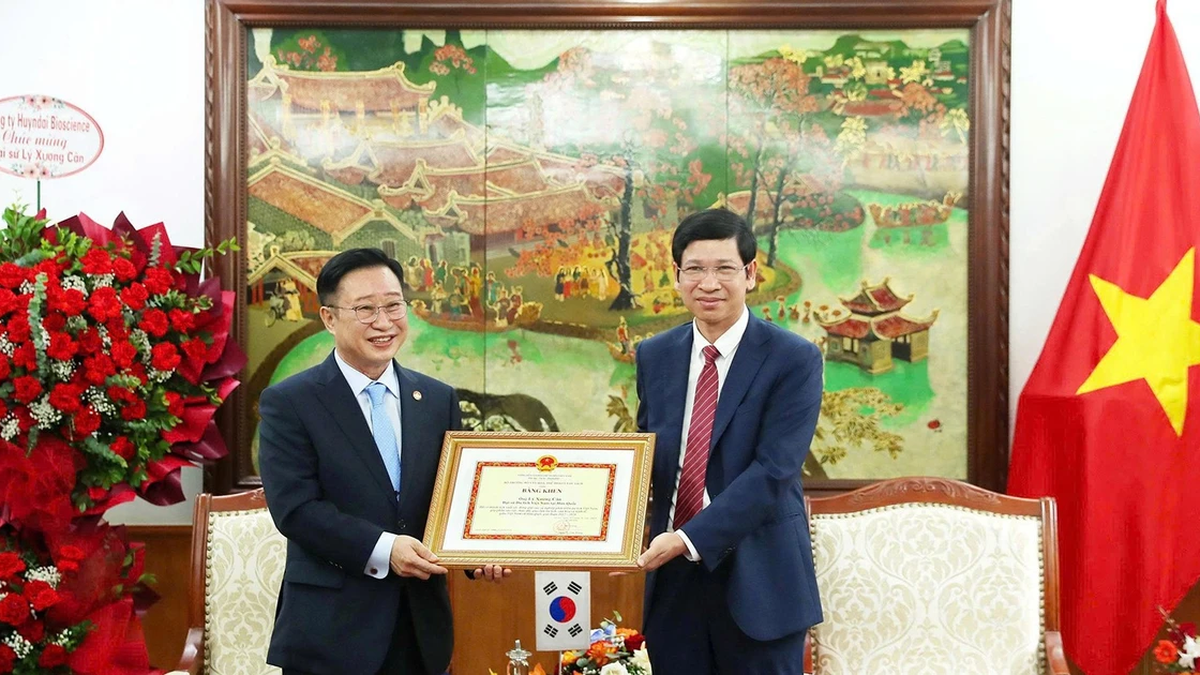

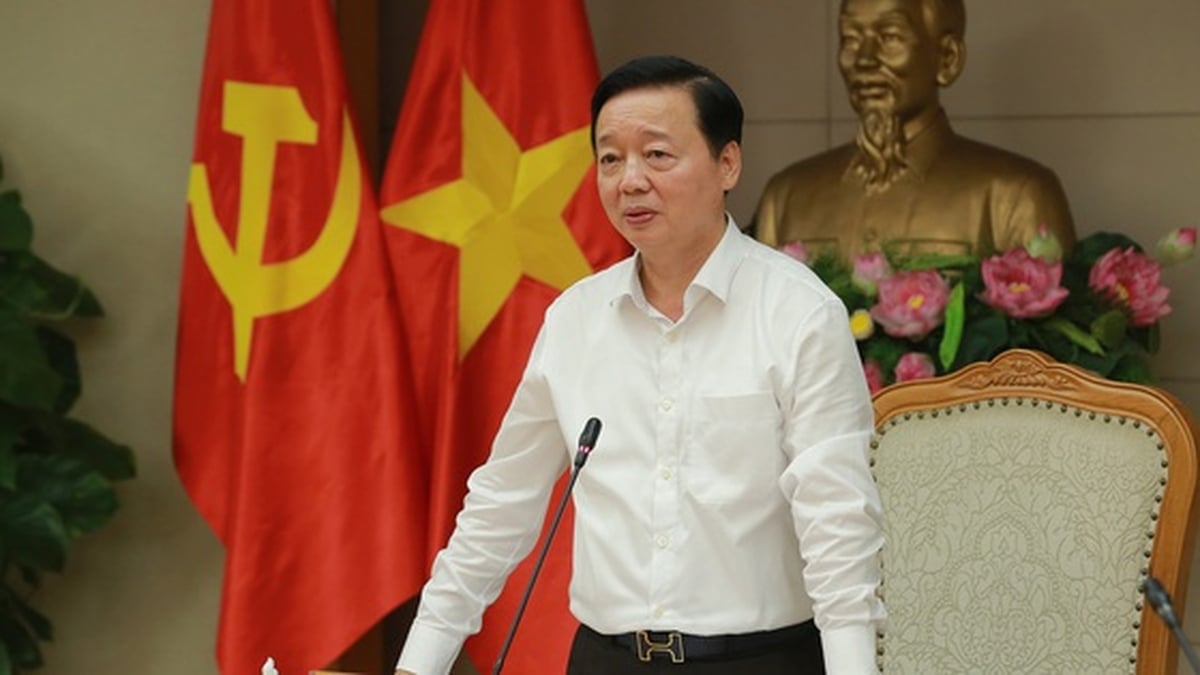





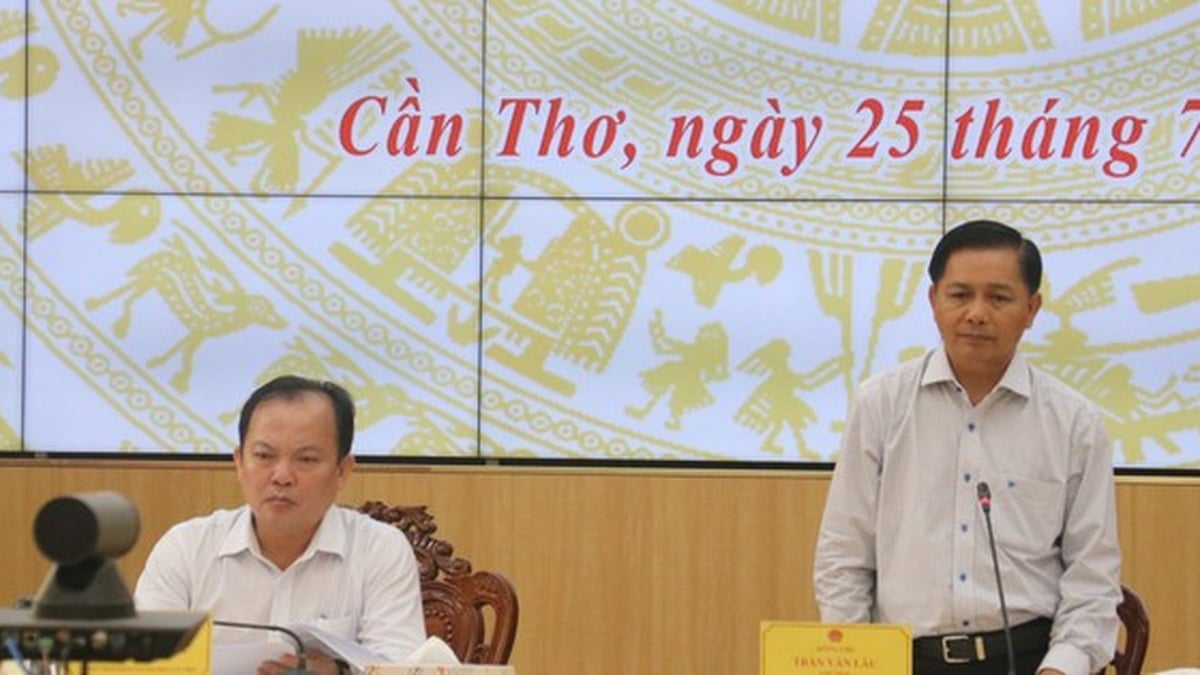













![[Photo] Signing of cooperation between ministries, branches and localities of Vietnam and Senegal](https://vphoto.vietnam.vn/thumb/1200x675/vietnam/resource/IMAGE/2025/7/24/6147c654b0ae4f2793188e982e272651)








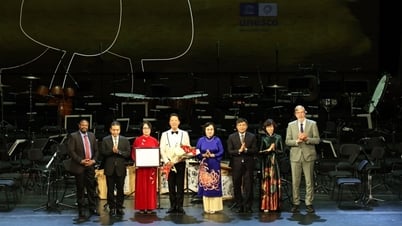



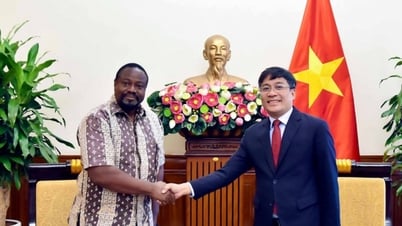

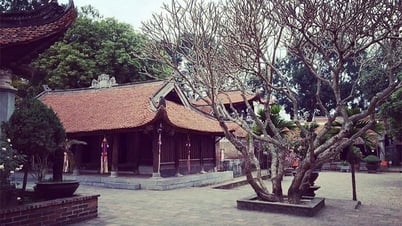









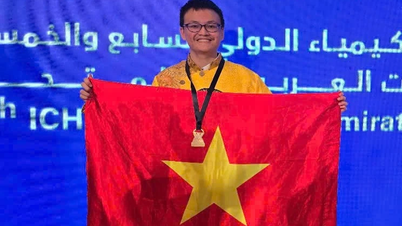

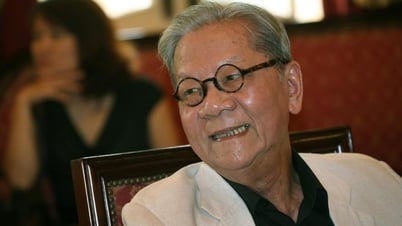

















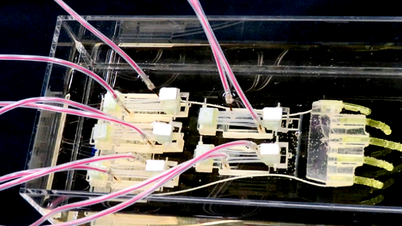


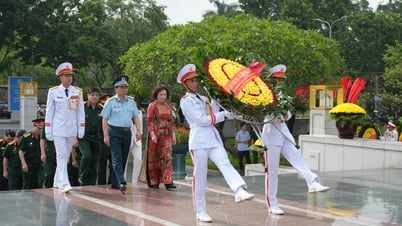

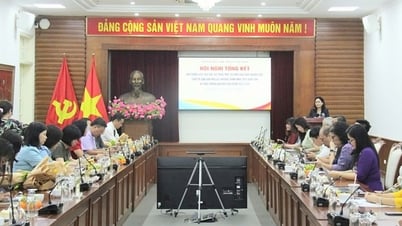



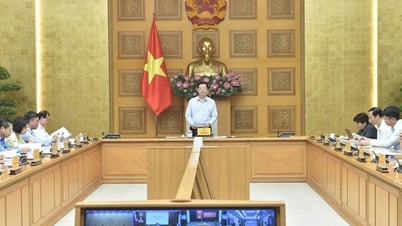
























Comment (0)